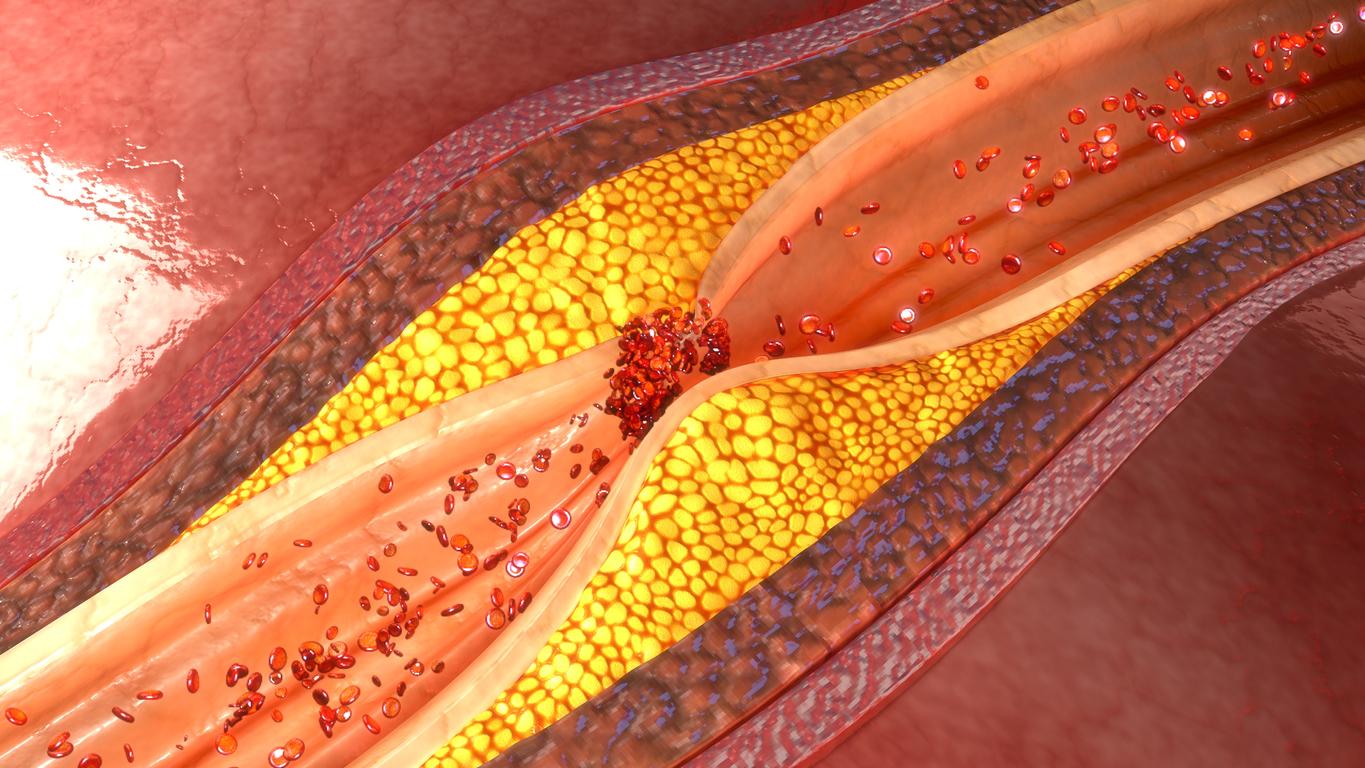Swiss cardiologists have unraveled the mystery of the “broken heart”, which ultimately is more than a picture.

” To have a broken heart. This expression, most often used after a disappointment in love, may well end up being little more than a simple image. As cardiologists at the University Hospital of Zurich (Switzerland) explain, a “broken heart” is in fact emotional or physical stress, the symptoms of which can be compared to those of a heart attack.
Stress cardiomyopathy is most often seen in postmenopausal women. This is the first time that a study of this magnitude is carried out on this phenomenon which is still poorly understood.
Several aggravating factors …
No less than 1,750 cases were studied by 26 researchers from nine different countries, all under the guidance of two Swiss cardiologists for this work published in the New England Journal of Medicine. 89.8% of the identified cases were women with an average age of 66.8 years. This cohort made it possible to describe the phenomenon very precisely, and it turns out that the “broken heart” syndrome can occur following a stroke, a cerebral hemorrhage, but can also be caused by epileptic seizures. This research has also made it possible to detail the evolution of the disease, and its neurological and psychiatric consequences.
If the phenomenon had already been identified by various previous works (in particular by the Japanese who had baptized the phenomenon Takotsubo, “octopus trap”, in reference to the shape of the ventricle which recalls the cylinders used to fish this animal), never researchers had not gone so far. In this study, we also learn that the mortality from broken heart syndrome is 3.7%. For comparison, the mortality from heart attacks is 5.3%.
While additional research is still needed to better understand the phenomenon, these advances will facilitate patient care.
.















